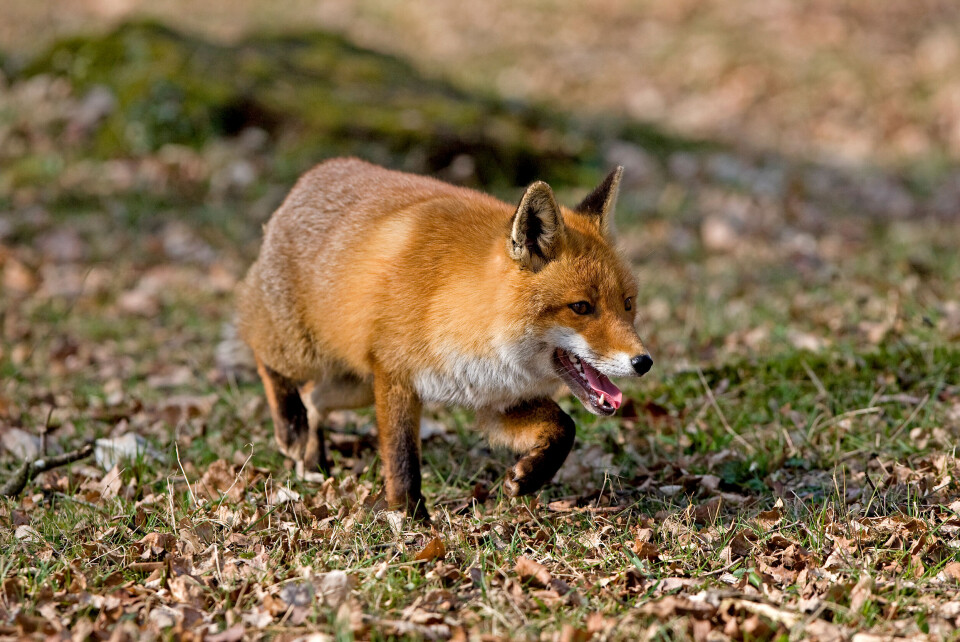-
How to dispose of your Christmas tree in France in 2026
Dumping an old tree on the pavement, in a park or in woodland is illegal, and can result in a fine
-
More than a quarter of new car registrations in France are electric
EV sales hit new record in November 2025
-
Veggie burgers and plant-based sausages: French farmers and consumers react to name ruling delay
The EU failed to reach final agreement to draft rules governing plant-based naming
France: Conservationists clash with hunters
Conservationists are calling on people to oppose a new list of animals that have been labelled pests

Every three years, departmental committees, made up of hunters, farmers, naturalists and scientists, agree on a new list of ‘species likely to cause damage’ (ESOD). The Ministry of Ecological Transition then decides which species to include in each department.
ESODs can be killed by shooting or trapping outside of the usual hunting season.
Public Consultation Launched
The ministry recently launched a public consultation into the latest list, which is open until July 6 (leave a comment at tinyurl.com/ESODlist).
Overall, the list includes five bird species (rook, carrion crow, jay, starling, magpie) and four mammals (weasel, stone marten, pine marten, fox).
The transmission of diseases is taken into account, as is damage to forests, water bodies, agricultural production or other property, along with the protection of flora and fauna.
However, the bird protection organisation Ligue pour la Protection des Oiseaux has called for “an end to this ecological aberration, and to favour non-lethal solutions to limit hypothetical damages”.
A recent survey by market research firm Ifop on behalf of six environmental associations found 65% of people do not approve of this listing of species.
Patrick Giraudoux, ecology professor at the University of Franche-Comté, said: “The decision to put a species on the ESOD list is never followed by an evaluation of the effects, so every three years we have the same debates without knowing whether it is useful.”
Nothing symbolises these debates better than the fox.
Foxes accused of attacking poultry
While foxes are accused of attacking poultry and spreading disease, they also prey on grassland voles, which are considered a pest to farmers. It’s not an endangered species. The protection of the fox is more a question of principle for both conservationists and hunters.
“On the other hand, there is no reason to put it on the ESOD list as the damage it causes is minimal. The harm to poultry can easily be avoided by closing off chicken coops,” he said.
Using the example of the Doubs department, he said the year-round killing of foxes has had little impact.
“Around 4,000 per year would be killed anyway. Being on the ESOD list has added 1,000 to 1,500, little compared to the overall population.”
In an attempt to encourage a more evidence-based approach, Prof Giraudoux is part of a research project monitoring the effects of protecting fox populations versus hunting and trapping them in the Doubs department, between 2020 and 2030 (see tinyurl.com/Carelistudy).
While certain species can cause problems in particular areas, he said debates around the lists can be over-simplistic. “A species in and of itself is not ‘harmful’ or ‘useful’. Every species has a role in the ecosystem or it wouldn’t be there.”
























